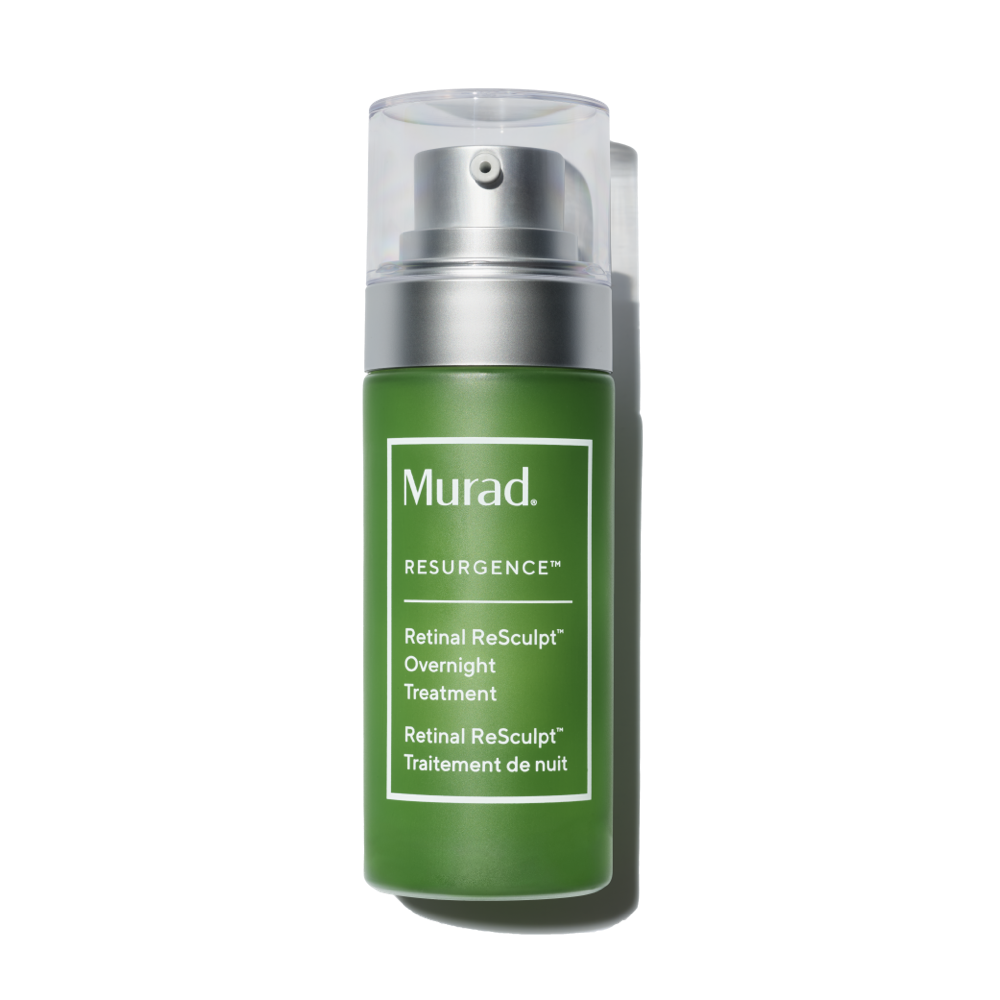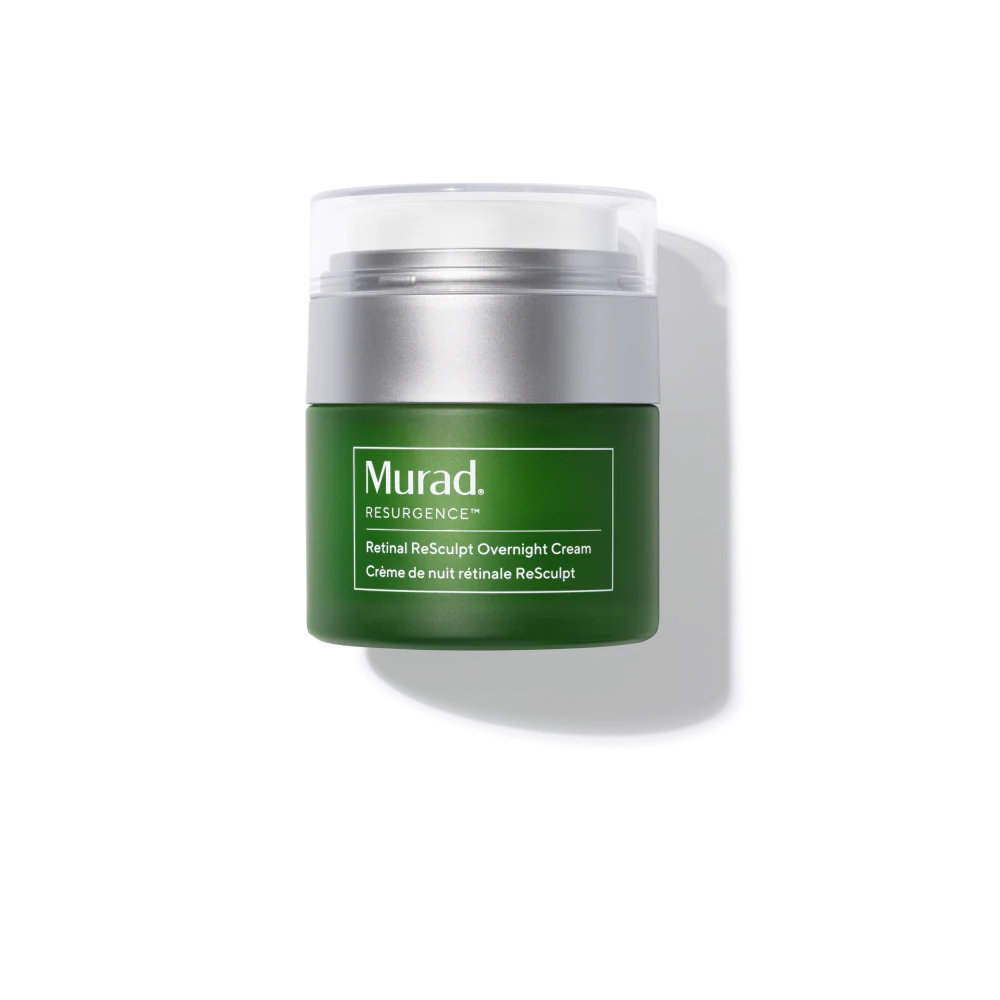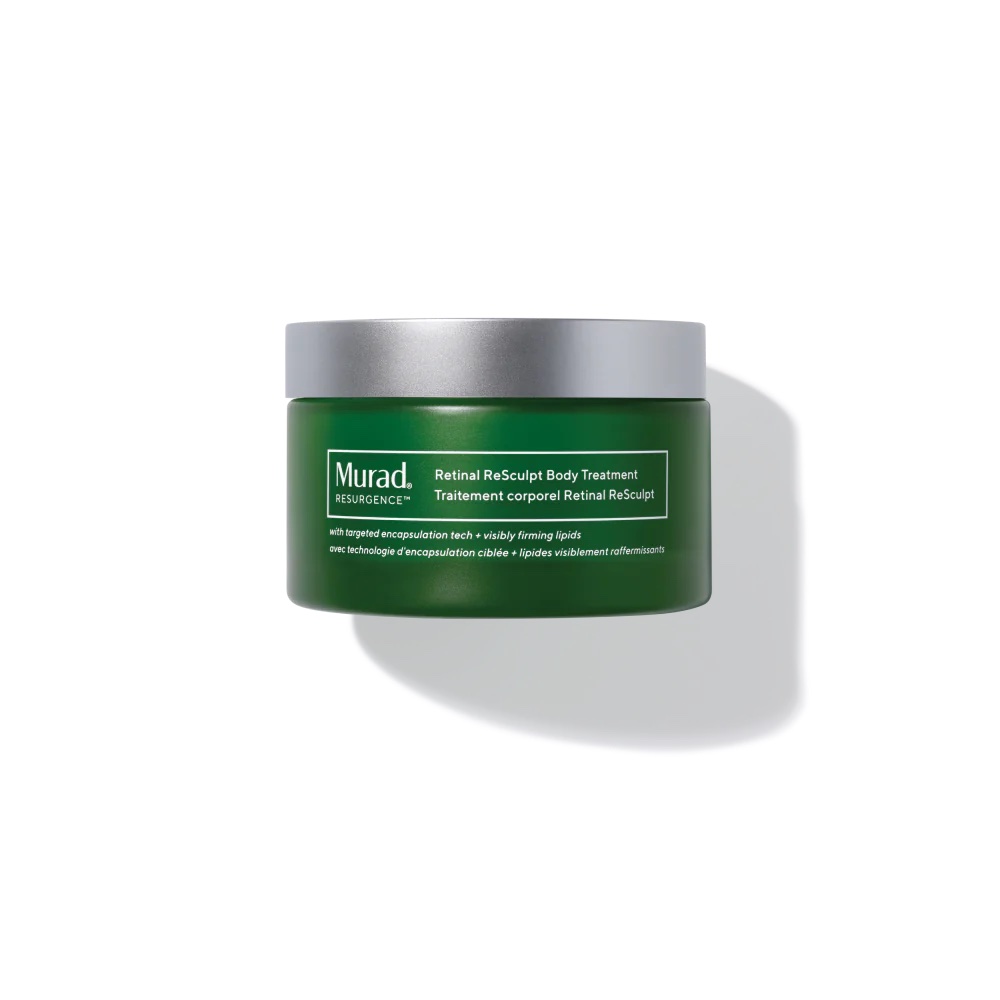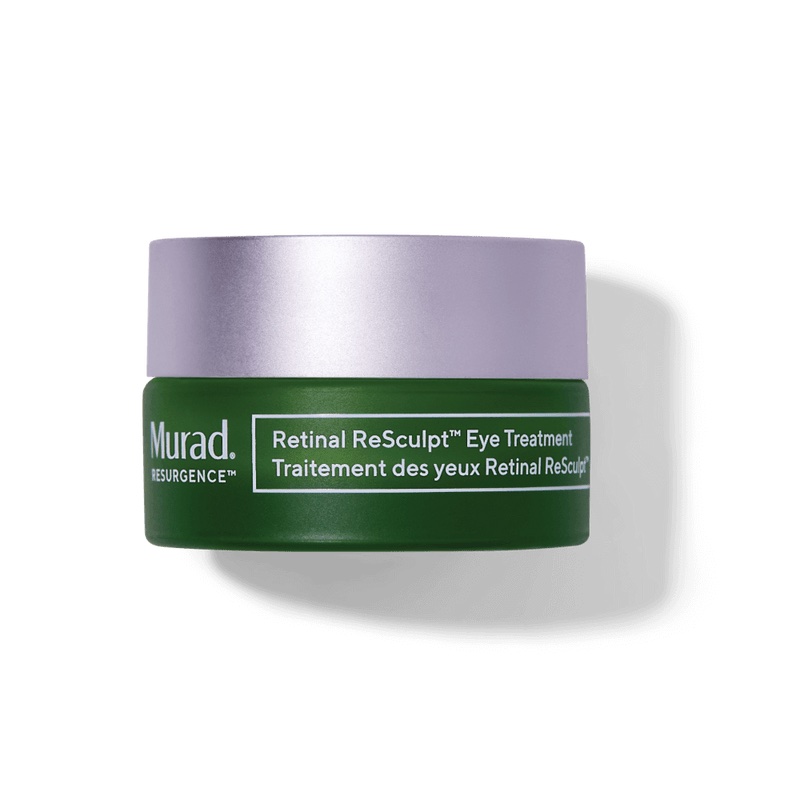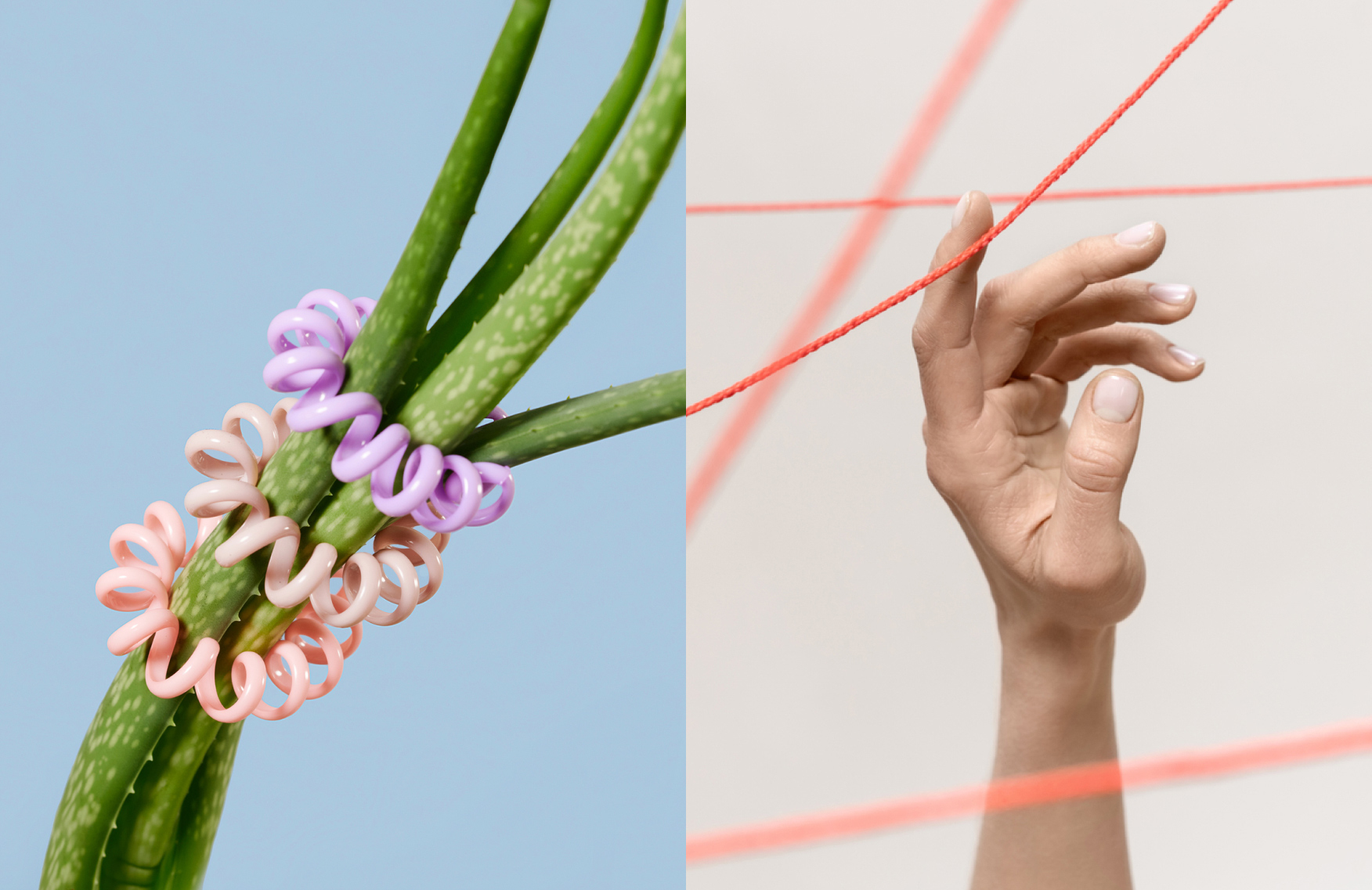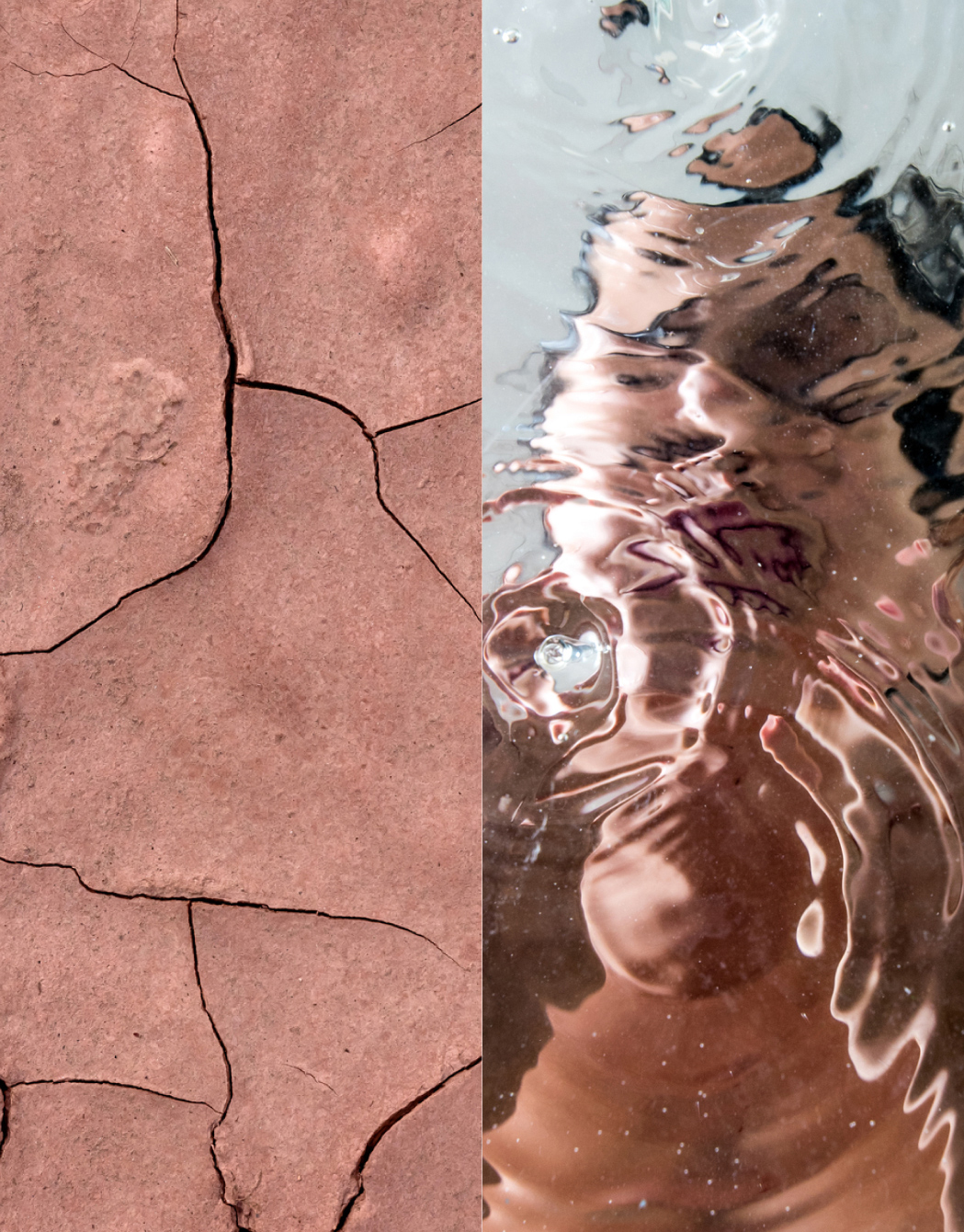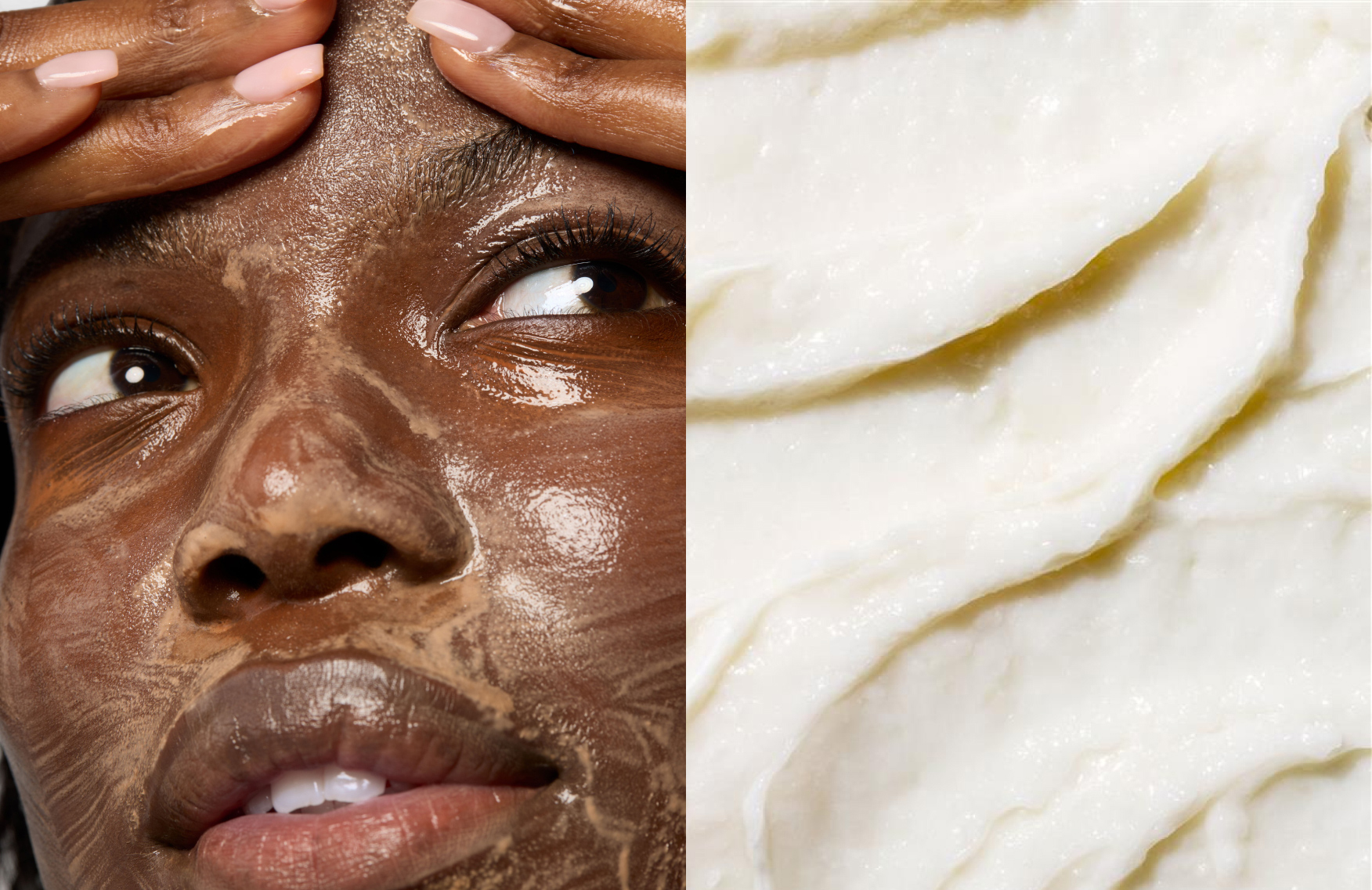Red light therapy mask benefits: everything you need to know (plus proven alternatives)
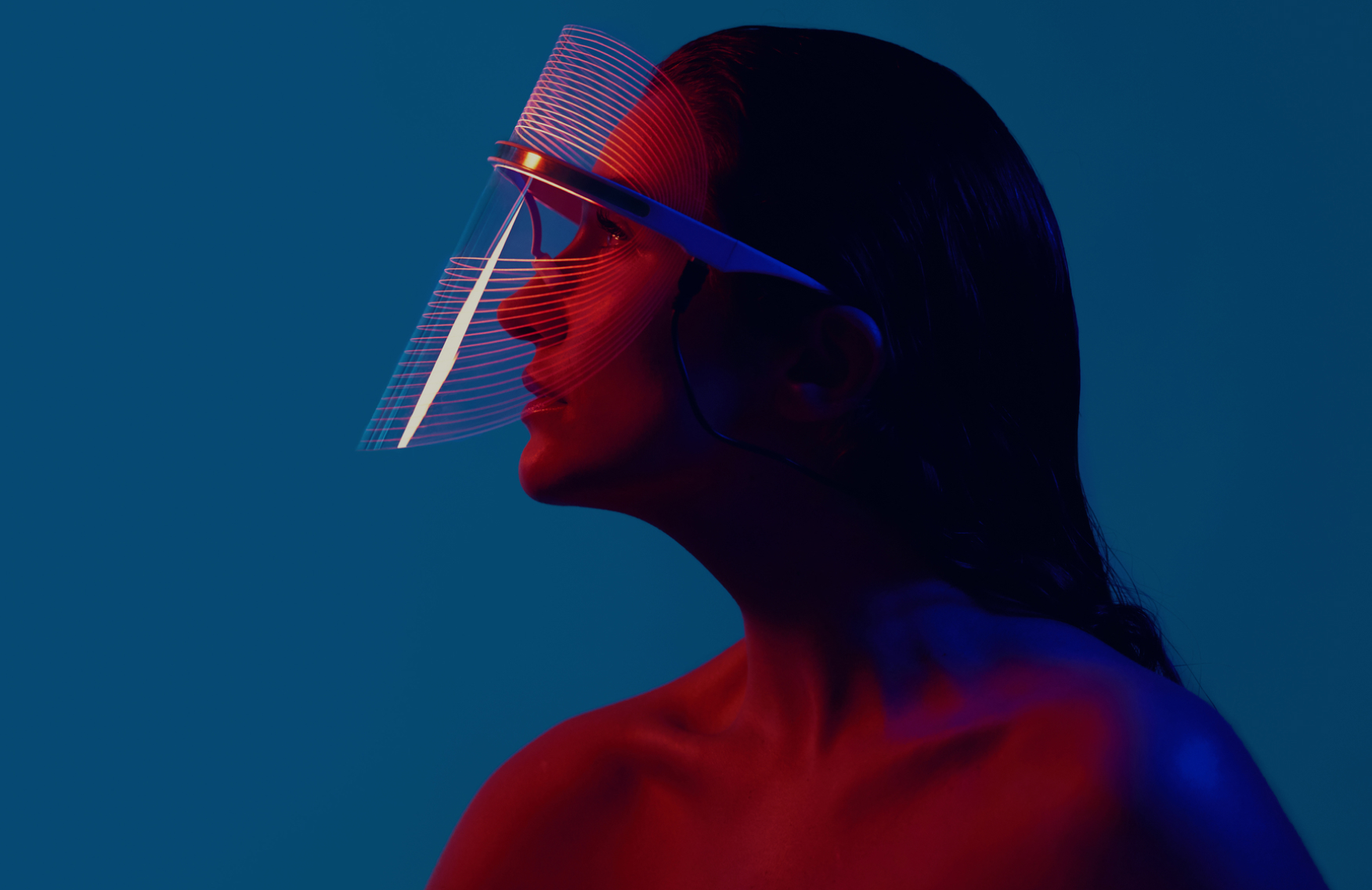
We’ve all seen it, the new bedtime look that includes towel-wrapped hair and instead of a sheet mask, there’s an almost otherworldly lit-up mask with red lights strapped to a face. But do these robotic-looking face masks really work, or is it just a fun social media post? We asked an expert to weigh in on whether it’s worth the splurge or not.
What is red light therapy?
According to Cleveland Clinic, the red light therapy technology works by using low wavelength red light to reduce wrinkles, scars, redness and acne. Besides looking bionic with a glowing mask, “red light therapy is used for skin rejuvenation and improved skin conditions, plus for the whole body it’s used for athletes who want to boost their muscle recovery,” explains Melody Lalezary, Physician Assistant at Los Angeles’ Skintight Aesthetics.
The technology, first used by NASA to grow plants in space and then help heal wounds of astronauts, turned out to promote cell growth and make way for Photodynamic Therapy (a way to target cancer cells using light-sensitive drugs). Today, red light therapy is used by exposing areas of the body to low levels of red or infrared light through LEDS. When the light is absorbed by the cells, it causes biological effects on the cellular level, according to Lalezary. “This could help with alleviating pain, reducing inflammation, increasing wound healing (especially for post-surgical patients), muscle recovery and improving skin conditions such as fine lines, wrinkles, acne, psoriasis and more,” she adds.
What are the key red light therapy mask benefits?
Red light therapy mask benefits include several skin improvements that make these devices appealing to those seeking anti-aging solutions:
- Collagen stimulation: Red light therapy may help boost collagen production, which can improve skin firmness and reduce fine lines
- Improved circulation: The therapy can increase blood flow to treated areas, potentially giving skin a healthier appearance
- Reduced inflammation: The anti-inflammatory effects may help calm irritated or acne-prone skin
Enhanced healing: Red light therapy can accelerate the skin’s natural repair processes
What should someone look for when choosing a red light therapy product?
“There are many factors to consider when choosing the right red light product. A device that emits a red light wavelength within the therapeutic ranges of 600-950 nanometers is ideal,” Lalezary says. She emphasizes consistency and adds that how frequently you use your mask, the ease of use and treatment time are all important factors.
“Red light benefits are cumulative and will produce the best results over time,” she says. “If the device is not very powerful but is used 4-5 times a week versus a very powerful device that is used infrequently because it’s inconvenient, the less powerful device will yield better results for the user over time.”
Retinol and red light therapy: Which is better for anti-aging?
When comparing retinol and red light therapy, both approaches target similar concerns but work through different mechanisms. While red light therapy uses specific wavelengths to stimulate cellular activity, retinol works at the molecular level to accelerate cell turnover and boost collagen production.
Retinol benefits for skin are well-documented and include:
- Proven anti-aging effects: Clinical studies consistently show retinol’s ability to reduce fine lines and wrinkles
- Improved skin texture: Regular retinol use can smooth rough skin and minimize pore appearance
- Enhanced radiance: By speeding up cell turnover, retinol reveals fresher, more luminous skin
- Accessibility: Unlike expensive red light devices, effective retinol treatments are available at various price points
For those seeking the anti-aging benefits without the investment in a red light therapy mask, retinol offers a clinically proven alternative. Consider incorporating a targeted retinol treatment into your routine. Retinoids deliver powerful anti-aging results while you sleep, making them an efficient addition to any skincare regimen.
Who should NOT use red light therapy?
Red light therapy could be used on virtually anyone, but it’s not advised for those who are pregnant due to the lack of research available, Lalezary explains. Other people who should avoid it? People with eye conditions and those who are sensitive to light, or taking medications that make their skin more sensitive to light.
FAQs
What are red light therapy mask benefits?
Red light therapy masks can help boost collagen production to reduce fine lines and firm skin, enhance skin’s natural repair processes, improve circulation for a healthier look and feel, and soothe irritated, inflamed, or acne-prone skin.
Is retinol better than red light therapy?
Retinoids and red light therapy are skin-regenerating methods for skin that looks and acts younger, firmer, and smoother. But, you’re not comparing apples to apples: Each skincare treatment works in different ways on the skin. Red light therapy is a non-drug modality that uses light to encourage cellular energy (a process that slows as we age), and may be a preferred option for those who have sensitivity to retinoids. Retinoids are biochemicals that accelerate cellular turnover/cell renewal and may be a more accessible treatment.
The good news: Retinoids and red light therapy can be used in conjunction to address wrinkles, acne, and hyperpigmentation.
What are the main retinol benefits for skin?
Retinoid benefits include skin renewal, regeneration, a reduction in wrinkles, and improved texture and tone. For a deeper dive on more on retinoid benefits, explore our editorial, “What are the benefits of retinoids, exactly?”
The views expressed in this article do not necessarily represent the views of Murad, and are for informational purposes only, even if the advice of physicians and medical practitioners are included. This article is not a substitute for professional medical advice, diagnosis or treatment, and should not looked be considered specific medical advice.
